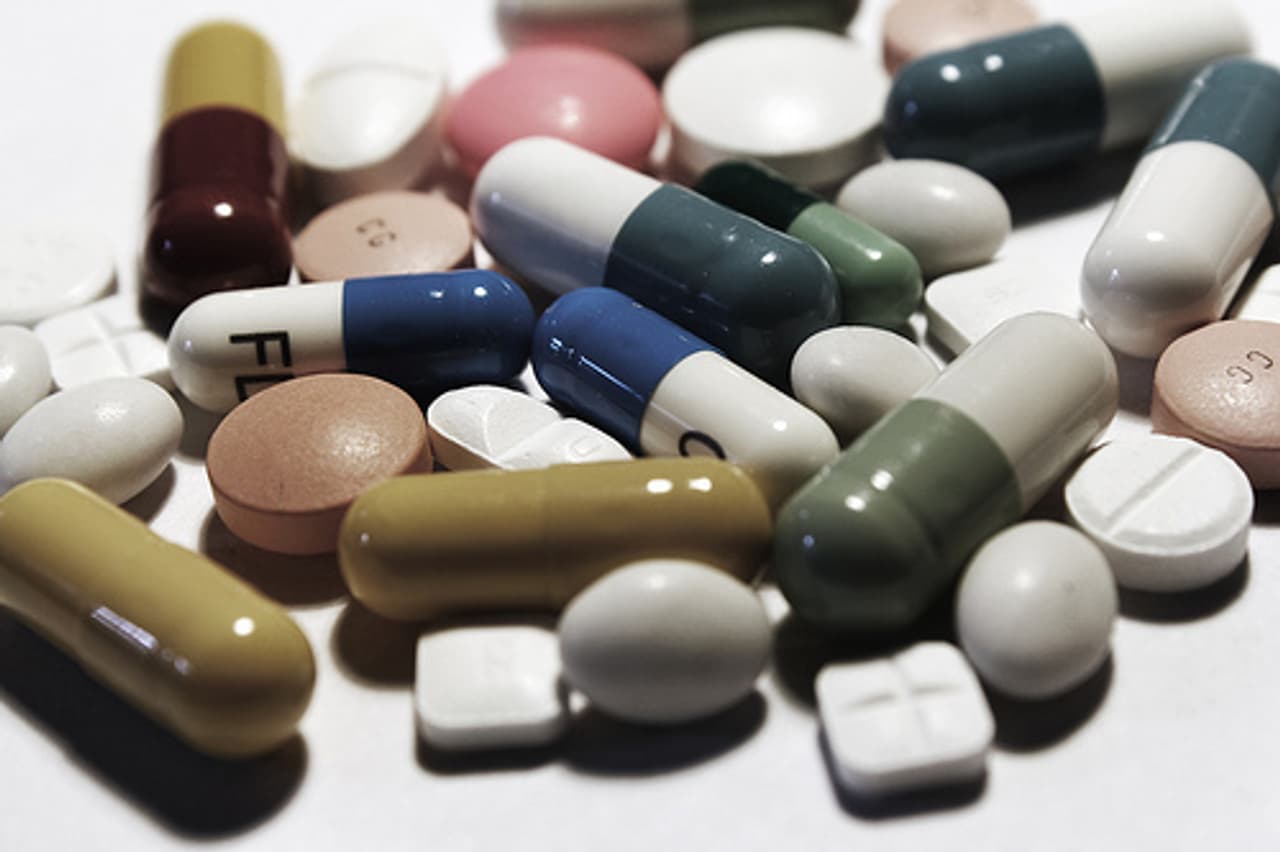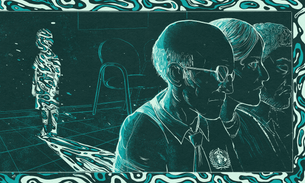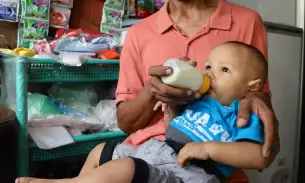
Why we're looking into drug supply chains
I’ve never worked on a story like the coronavirus pandemic before. Have any of us? Not only is it one of the biggest global crises in recent memory, it is also developing in real time – in a world that is more connected and swirling with more information, and misinformation, than ever before.
Here at the Bureau we look for different ways to tell a story. And this story is no different. We’re not looking to cover daily news. We are digging deeper to uncover stories that have relevance today but that will also be important and meaningful in the months to come.
The first area we are looking into is how medicines get from the factory to your bathroom cabinet or pharmacy shelf – what is known as the drug supply chain.
Most of the world’s raw materials used in drugs are made in China and India. It is not always clear which ingredients are made where, nor where the various components are combined into actual medicines. There is no central database that lets you trace a drug’s journey to the patient.
Why is this important? Without a transparent system, bad actors can profit. For example, poor-quality drugs, whether created deliberately or unintentionally through substandard processes, can harm people. Opaque supply chains also mean that it is highly likely that countries with weaker health systems will struggle to get the drugs they need and could end up paying more for the same medicines than countries with more established purchasing systems.
A system that is not transparent or centrally organised is also particularly vulnerable to what can seem like relatively small incidents. For example, in 2017 there was a global shortage of an antibiotic that is vital for use in intensive care. This was triggered by an explosion in a single factory in China. The factory was one of just a handful that made the raw materials for the drug.
Not knowing which factories are making what drugs leaves governments powerless to plan ahead to work around shortages.
We are seeing this scenario play out in intensive care units across the world. Right now, in April 2020, the world’s hospitals are tackling the terrifying tide of coronavirus. Much of the media coverage has asked questions about the provision of ventilators for patients who develop a severe form of Covid-19. But having the right equipment is just one part of the equation. In our first stories, we reveal another vital concern – what use are ventilators if the drugs we need for patients to use them are running out?
These reports form part of a wider series of stories that will shed light on the drug supply chain around the world, looking at Covid-19 but also far beyond. We will explore what works in drug supply and what doesn’t, and what we currently know and what we need to understand better. And, lastly, we will ask what needs to be done to make the often fragile supply chain more reliable, no matter where you are and what medication you need.
The way our medicines are made, bought and sold around the world affects every one of us. It’s not something that we can research just from our perspective. We know that a truly global, cross-border investigative approach will help us to understand the issues. That’s why we are building a global network of health reporters to work together on the investigations that matter. Get in touch if you want to be part of this change.
It is only with a deeper knowledge of what is working and what isn’t that we can help to drive the change to make the global supply chain of drugs more transparent, more resilient and – hopefully – more equitable.
Do you have questions, tips or information to share? Do you want to sign up to our global reporter network? Email [email protected] or DM @christinagiles on Twitter.




